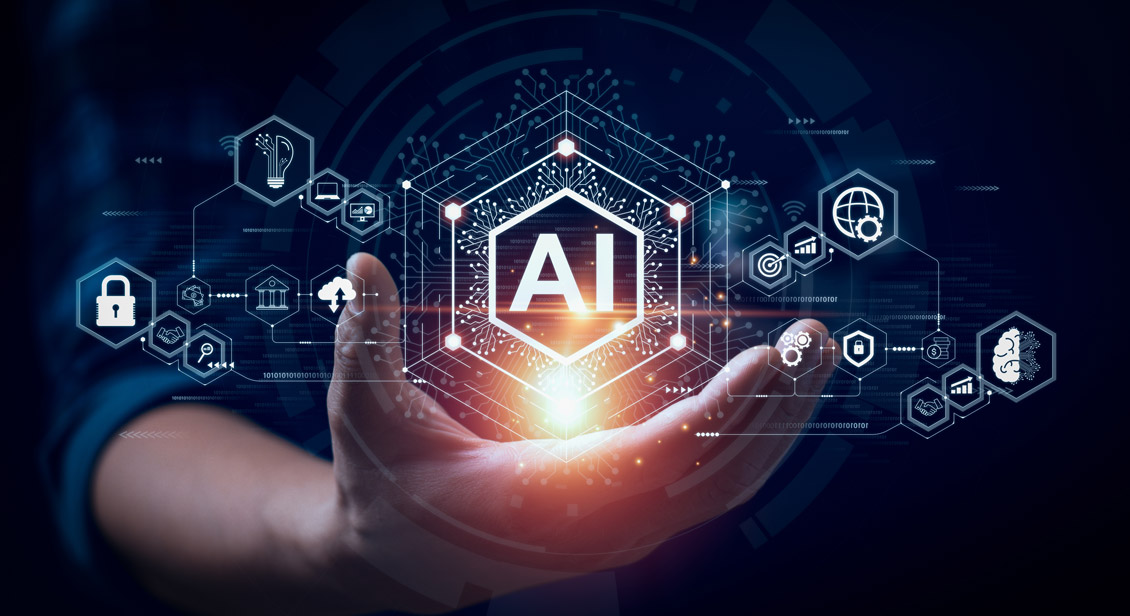Understanding AI: A Simple Explanation
Artificial Intelligence (AI) refers to the ability of machines, particularly computer systems, to perform tasks that normally require human intelligence. These tasks include understanding language, recognizing patterns, solving problems, making decisions, learning from experience, and even mimicking creativity.
AI is not one single technology, but rather a broad field made up of multiple subfields, each contributing to different capabilities. AI systems work by analyzing large amounts of data, identifying patterns, and using those patterns to make predictions or take action.
Core Technologies Behind AI
To understand how AI impacts business, it helps to know the main types of AI technologies:
1. Machine Learning (ML): Enables computers to learn from data and improve their performance over time without being explicitly programmed.
2. Natural Language Processing (NLP): Allows machines to understand and respond to human language.
3. Computer Vision: Enables machines to interpret visual data such as images and videos.
4. Robotic Process Automation (RPA): Automates repetitive, rule-based tasks across software systems.
5. Generative AI: Creates new content—text, images, code, or videos—based on prompts.
How AI Is Transforming the Way Businesses Operate
AI is reshaping business models, processes, and strategies in significant ways:
1. Operational Efficiency and Automation: Automates mundane and repetitive tasks to increase efficiency and reduce errors.
2. Enhanced Data Analysis and Decision-Making: Analyzes large datasets to support better business decisions.
3. Improved Customer Experiences: Powers chatbots, virtual assistants, and personalized product recommendations.
4. Cost Reduction and Scalability: Cuts labor costs, minimizes waste, and enables more efficient scaling.
5. New Business Models and Innovation: Creates new markets and transforms industries like healthcare, finance, and agriculture.
6. Talent Management and Workforce Evolution: Changes the workforce by replacing some jobs and creating new AI-related roles.
Industry Examples of AI in Action
Retail: Personalized promotions, inventory management, and AI chatbots.
Finance: Fraud detection, algorithmic trading, and loan underwriting.
Healthcare: Diagnostic imaging, virtual health assistants, and predictive analytics.
Manufacturing: Predictive maintenance and quality assurance.
Marketing: AI-generated content, customer segmentation, and dynamic pricing.
Challenges and Considerations
Despite its benefits, AI implementation comes with challenges:
1. Data Privacy and Security: Responsible data handling and compliance with regulations like GDPR.
2. Bias and Fairness: Addressing bias in AI training data to prevent unfair outcomes.
3. Skills Gap: Shortage of skilled AI professionals.
4. Ethical and Legal Risks: Ensuring transparency and accountability in AI decision-making.
The Future of AI in Business
AI will become a business necessity rather than a competitive advantage:
– AI as a co-pilot assisting workers with daily tasks.
– Edge AI bringing faster decision-making by processing data on devices.
– Explainable AI (XAI) for building trust in AI decisions.
– AI Governance frameworks to ensure ethical and responsible use.
Conclusion
AI is transforming every aspect of business—from how we work, make decisions, and engage customers to how we manage resources. Companies that embrace AI early will gain a strategic edge, while others may struggle to keep up. The key steps include:
– Start experimenting with AI.
– Train staff and build AI literacy.
– Prioritize ethical, responsible AI use.
– Collaborate with AI experts to accelerate adoption.
AI is no longer science fiction—it’s a vital business tool of the present and future.

No responses yet